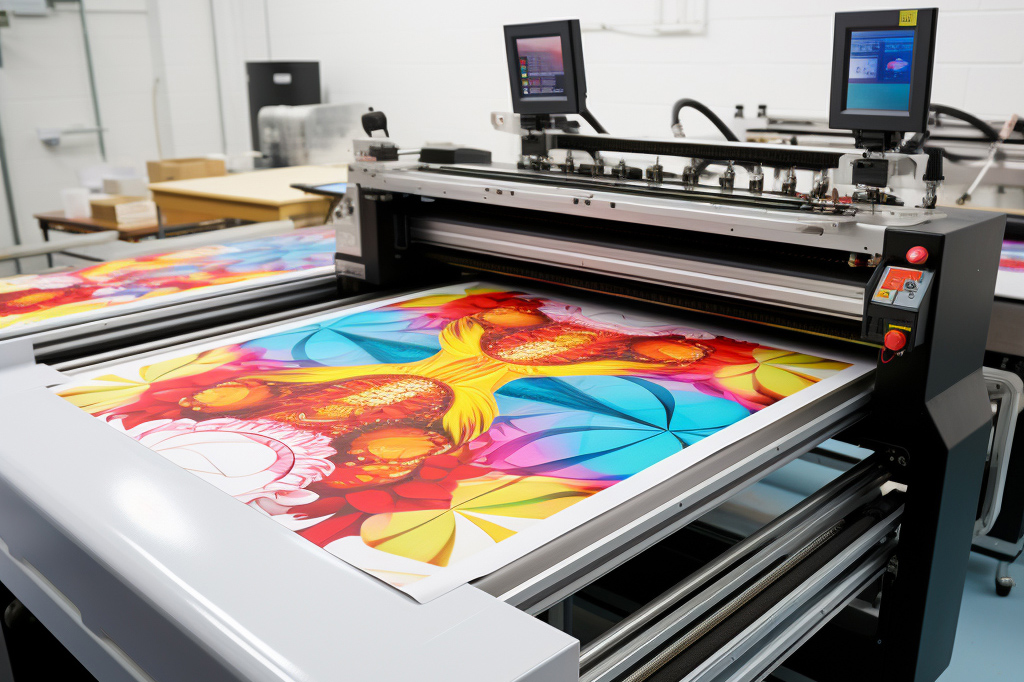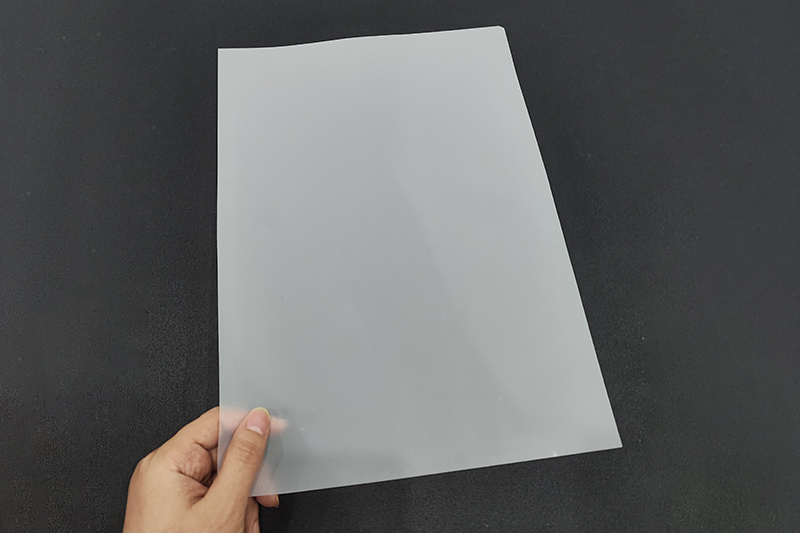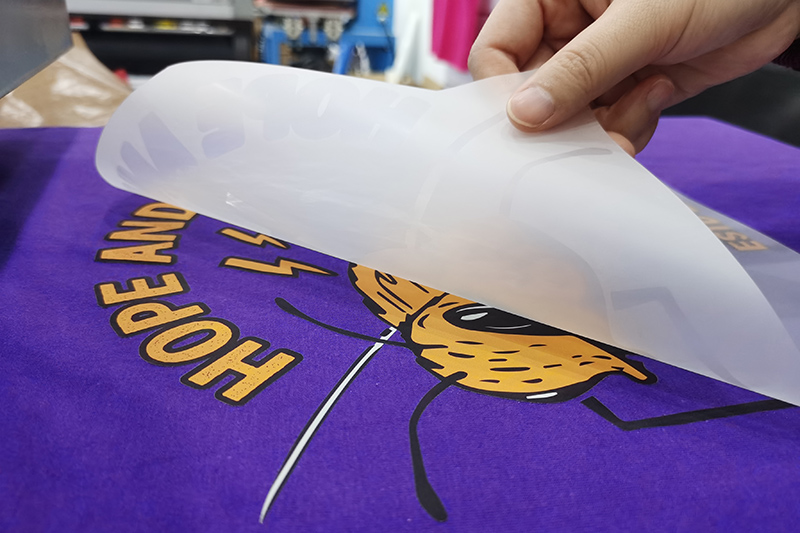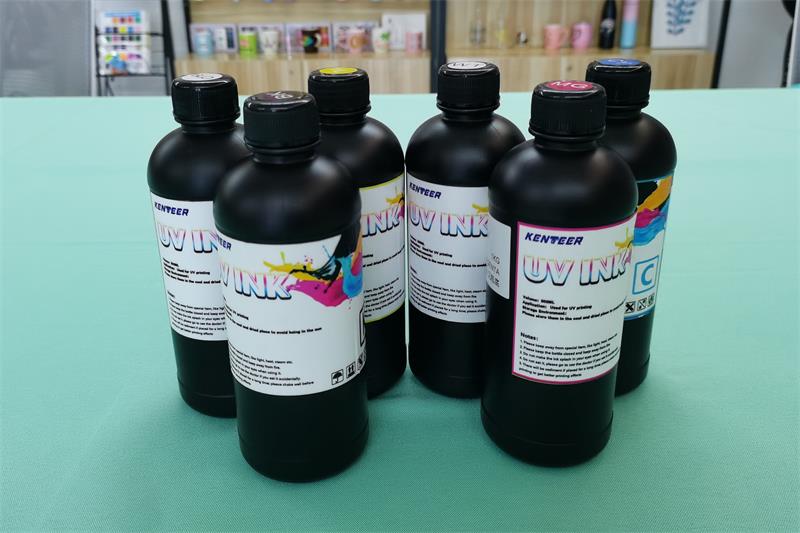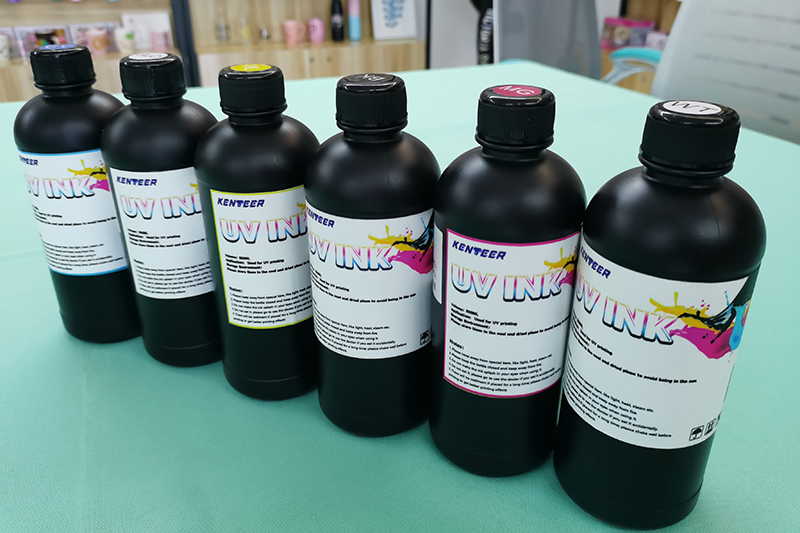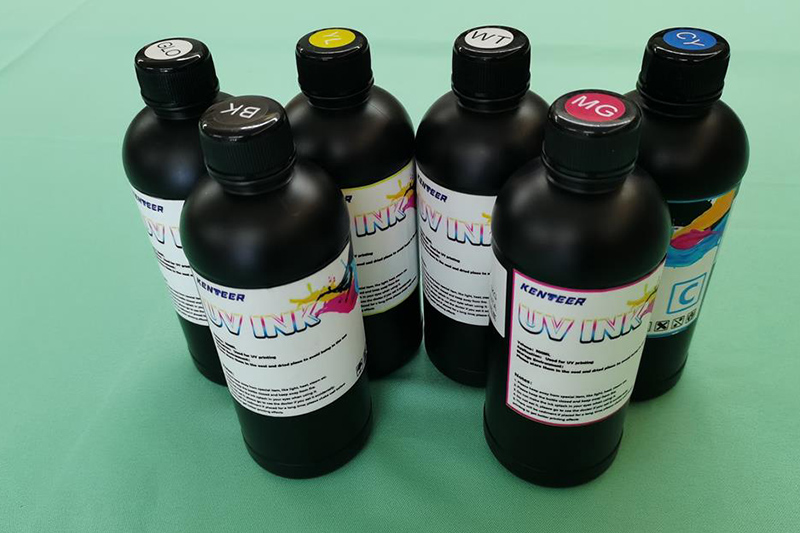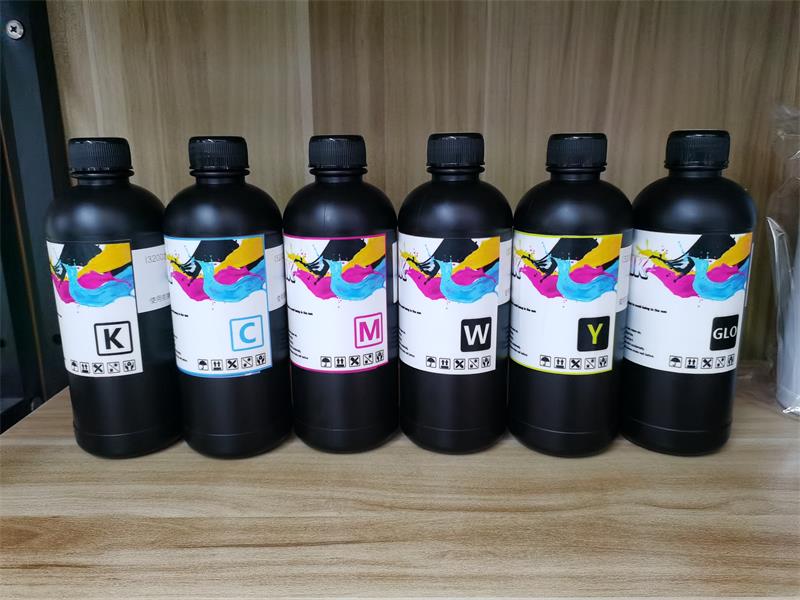To enhance print quality and efficiency in DTF printing, consider the following tips and tricks:
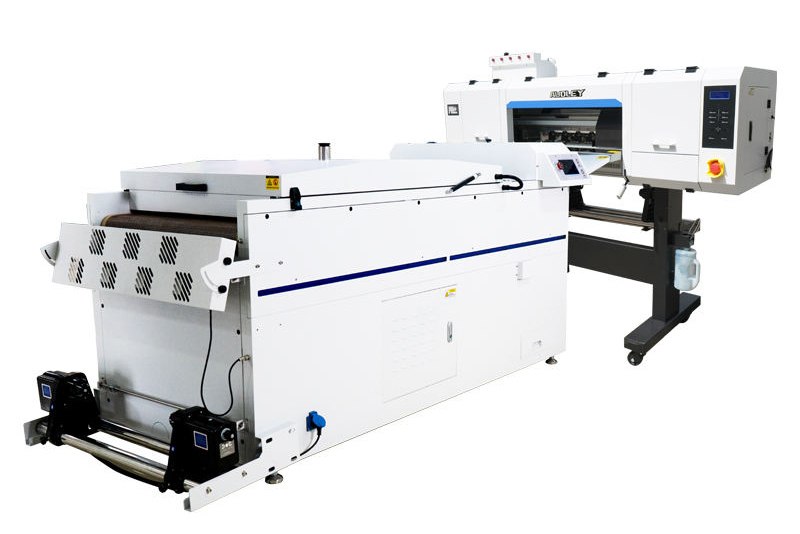
1. Artwork Preparation: Pay attention to the quality and resolution of your artwork. Use high-resolution images and vector graphics to ensure sharp and detailed prints. Avoid scaling up low-resolution images, as it can result in pixelation.
2. Film Selection: Choose high-quality DTF films that are compatible with your printer and inks. Consider films with good ink absorption and adhesion properties to achieve vibrant and durable prints.
3. Print Modes and Settings: Experiment with different print modes and settings to find the optimal balance between print speed and quality. Adjust parameters such as ink density, print speed, and resolution according to your desired outcome.
4. Calibration and Color Management: Regularly calibrate your printer and use color management techniques to ensure accurate and consistent color reproduction. Use color profiles specific to your printer, ink, and substrate combination.
5. Test Prints and Color Swatches: Before printing a large batch, perform test prints and color swatches to ensure the desired color accuracy and quality. This allows you to make any necessary adjustments before committing to a full production run.
6. Maintenance and Printhead Cleaning: Keep your printer and printheads clean and well-maintained. Regularly perform maintenance tasks such as nozzle checks and printhead cleaning to prevent clogs and ensure consistent ink flow.
7. Proper Heat Press Techniques: When transferring the printed film onto the substrate, follow proper heat press techniques. Ensure even pressure and temperature distribution, and adhere to the recommended time and temperature settings for the specific film and substrate combination.
8. Post-Processing and Finishing: Consider post-processing techniques to enhance the durability and quality of the prints. This can include additional heat curing, post-pressing, or applying protective coatings to improve washability and longevity.
9. Workflow Optimization: Streamline your workflow to improve efficiency. This can involve batching similar print jobs together, optimizing file preparation processes, and organizing your workspace for easy access to materials and tools.
10. Continuous Learning and Experimentation: Stay updated with the latest advancements in DTF printing technology and techniques. Attend workshops, webinars, or trade shows to learn new tips and tricks. Continuously experiment and refine your processes to find what works best for your specific setup.
Remember that practice and experimentation are vital for achieving optimal results in DTF printing. Each printer, ink, and substrate combination may require slight adjustments and fine-tuning to achieve the desired print quality and efficiency.
kenteer has launched DTF printers for customers . If you have any needs, you can contact us for a quote.


